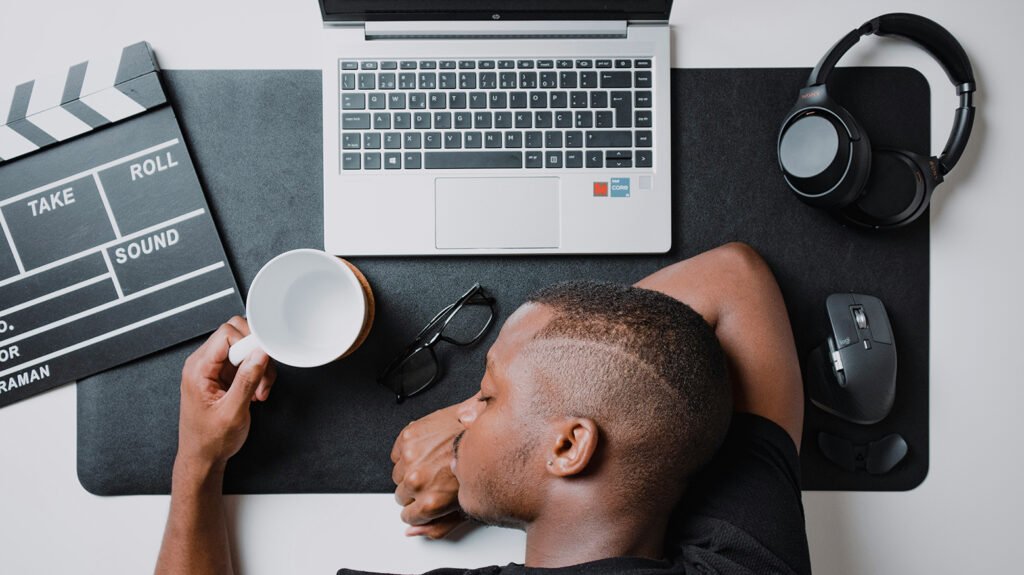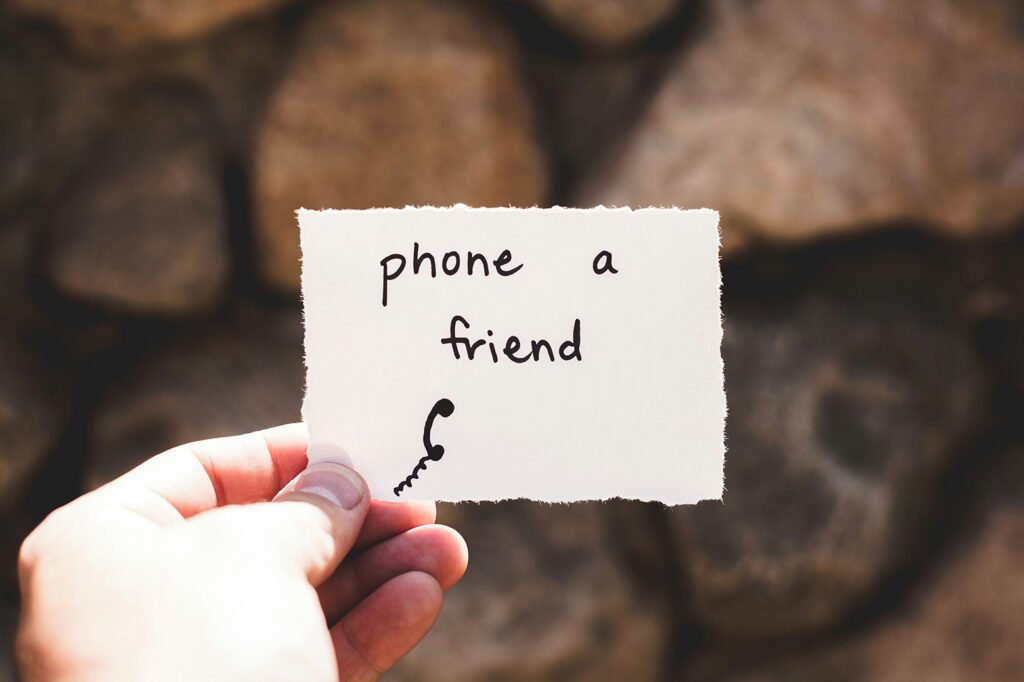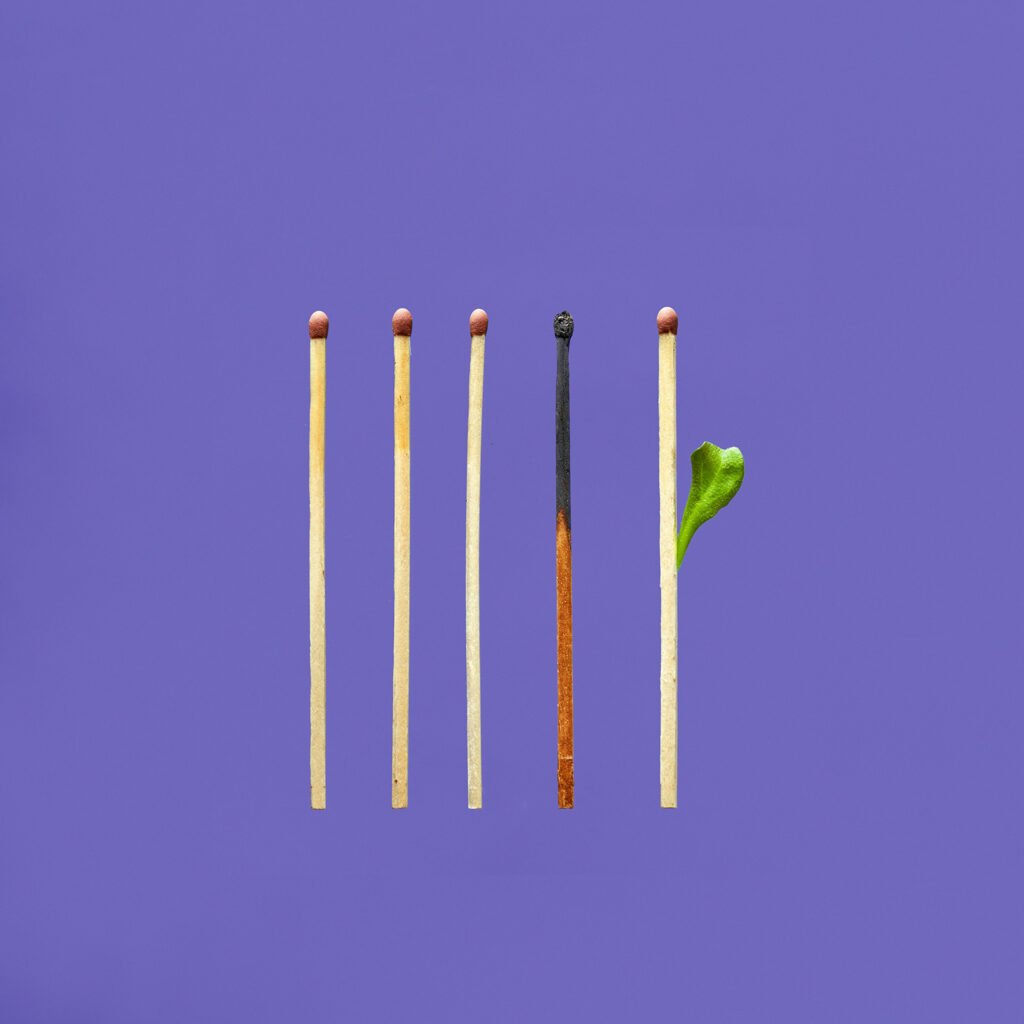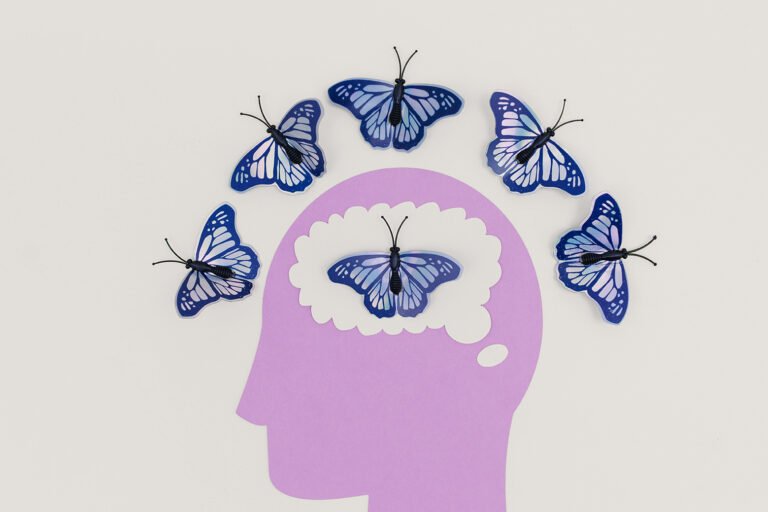Do you consider yourself a creative person? (Spoiler alert: We believe everyone is!) Whether you work in a creative field professionally or pursue projects in your spare time; everything from writing, designing, filming and creating content to unconventional things like baking, cooking and building, amongst other things can be a spectrum of your artistic and intellectual creative ability. Have you ever faced a sudden shift of feeling stuck and a looming sense of burnout with something that is usually your creative outlet? Chances are you’ve been in a mental rut, causing that creative block.
This mental health awareness month, we dive into something that most creatives face at least once in their lifetime – Creative Block.
Creative block can be caused by various factors that can be physical, environmental, or psychological influences. One such influence can be the mental state.
The science behind creative blocks
In recent years, Neuroscience has unravelled the complexities of creative block and has shed light on the intricate workings of the brain during creative endeavours. It draws importance to promoting optimal brain functions and neural connectivity by creating conditions that nurture the underlying mechanisms. The default mode network stimulates the prefrontal cortex and maintains balanced neurotransmitter levels that can combat the creative block by enhancing one’s potential for inspiration.
When this mechanism is disrupted, causing mental issues, it can lead to a creative block.

What is mental burnout?
Burnout has a major influence on one’s creativity. Burnout is not just feeling tired or lethargic… well, that’s just fatigue. Yes, there’s a difference between mental fatigue and burnout. A fatigued brain can be resolved over a weekend of resting, unlike burnout.
Mental burnout is a complex state of physical, emotional and mental well-being that is caused by chronic stress. Until one resolves the cause and reduces the amount of stress they are experiencing, they will be burnt out, which can lead to a downward spiral.

Identifying the triggers
The relation between mental well-being and creative block makes it essential to spot those triggers that lead to a slump. When creative ventures that usually come with ease seem to hit a roadblock, start by addressing the root cause. Some signs can look like:
- Constantly exhausted: Being exhausted can be a sign of your brain trying to motor your physical state.
- Feeling overwhelmed: When even the little things feel like shouldering responsibilities, maybe it’s time to take that break.
- Procrastination: The exhaustion can push you to put away those projects you intend to start, and are supposedly something you’d enjoy.
- Fear of failure: When you push through and give it a start, fear of failure starts to loom.
- Inner critic: After all those efforts, the inner critic might question the quality of your work.
- Low self-confidence: All these in tandem can feel like a punch in the gut and question your confidence.
If you are ever feeling like this, know that your worth is beyond your skills and achievements. Start by embracing the creative block, maybe your brain is crying out for a break. You can always or never return to it, however, taking small and intentional breaks can transform your wellbeing.

Overcoming the burnout
While you might feel eager to overcome the creative block, start at the root by addressing the triggers. It’s not a straightforward formula or one-size-fits-all concept, however, you can take steps such as:
- Rest: As easy and simple as it sounds, periods of stress can hurt one’s quality of sleep and therefore deteriorate that time to rest and reset. It’s okay to shift your focus from what’s not working and allow you a break. Get that sleep, and refresh the body and mind.
- Talk to someone: While talking about your problems can be hard, it can help you process your emotions by voicing how exactly you are feeling.
- Practice self-care: Self-care can look different for everyone, but this helps you focus on yourself rather than what you want to achieve in your creative endeavours. From booking that spa session to simply taking a stroll, pamper your mind and body the way it likes.
- Get help if needed: Again, this can vary for everyone. But if this means speaking with a counsellor or a therapist, or simply requesting a friend to help you with a meal plan, you would never know the help that’s available if you don’t seek it.
- Consider therapy: While all else might work and you’d start to feel improvements, therapy is often suggested for long-term benefits.
When you get on that path to well-being, you might automatically start to see the triggers fade. While this will not happen overnight, and for some longer than others, being in a better place mentally will eventually lead you to cross that creative block.

Getting back the creative mojo
It’s important to note that your mental state is always a primary consideration, as from it flows all those creative juices. When you are trying to regain your creativity:
- Make a small start: Take on a small project that will give you a morale boost.
- Brainstorm: Give yourself that space to pause and generate ideas before diving into a project.
- Seek other’s perspectives: Collaborate with people who share the same skills, this will help expand your horizons while letting you engage and learn about their outlook.
- Develop a growth mindset: It can sometimes feel like starting for the first time, embrace that as a challenge to learn and overcome self-doubt.
When you start to feel better overall and eventually combat that creative block, give yourself that credit. You may never feel creatively the same, for the better or worse. And that’s okay. This can be introspectional, learning to check on yourself, and if you ever feel that creative block looming over you, take it slow:
- Identify the triggers
- Embrace your creative constraints
- Take a break, rest, prioritise wellbeing
- Start small
To all the creatives out there, you’ve got this! For updates on social ideas and digital insights, connect with us.





